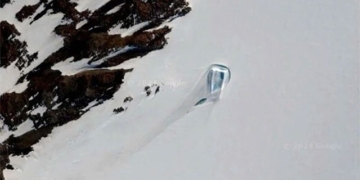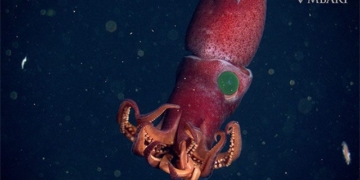At the bottom of the vast ocean, a battle between life and death is always underway. When threatened by fierce killer whales, do seals stand a chance of escape?
The Ecological Relationship and Competition Between Seals and Killer Whales
Seals and killer whales are two important marine mammals, and their ecological relationship is complex. Seals belong to the family of sea otters, while killer whales are part of the dolphin family and hold a relatively high position in the food chain. In the marine ecosystem, both competition and mutual dependence exist between seals and killer whales.
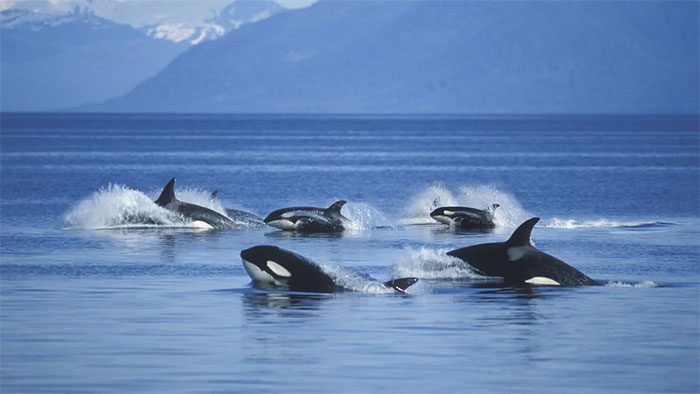
The hunting behavior of killer whales directly affects the abundance and distribution of seal populations. When seals are preyed upon by killer whales, it leads to a decline in seal numbers, which in turn impacts the stability of the entire seal population.
Killer whales are apex predators in the ocean, often feeding on fish, seals, and even smaller whale species. Seals primarily eat fish, crustaceans, mollusks, and more. Both species require similar food sources, so competition for food is one of their most common forms of rivalry. As food sources dwindle, competition between seals and killer whales intensifies, as they vie for limited resources to sustain themselves.
Despite the competition between seals and killer whales, there is also a degree of mutual dependence. Seals are a crucial food source for killer whales, particularly for Arctic killer whales, for whom seals constitute a primary part of their diet. Research indicates that approximately 60% of killer whales include seals in their diet.
Seals also exert a certain influence on killer whales, especially during breeding seasons. When seals choose their winter habitats, they select ice floes far from killer whale pods to avoid being preyed upon. In this way, seals affect the range and hunting strategies of killer whales during the winter months.

The presence of seals also provides a degree of protection for the habitats of killer whales, as these areas are often where killer whales hunt and breed.
The ecological relationship between seals and killer whales is intricate and diverse. They are both competitors and mutually dependent. This reciprocal relationship plays a vital role in maintaining the balance of the marine ecosystem. Protecting the habitats of seals and killer whales is crucial for sustaining the stability of marine ecosystems and preserving biodiversity.
Escape and Defense Strategies of Seals Against Killer Whales
Among the marine creatures dwelling in the deep seas, seals and killer whales possess unique survival strategies and defense mechanisms. As apex predators of the ocean, seals not only have sharp hunting instincts but also know how to deal with threats from the ocean’s most formidable predator, the killer whale.
When seals detect an approaching killer whale, they utilize their strong muscles and streamlined bodies to swim quickly out of the killer whale’s range. Their swimming speed can reach up to 30 to 35 km/h, allowing them to escape danger in a short time.
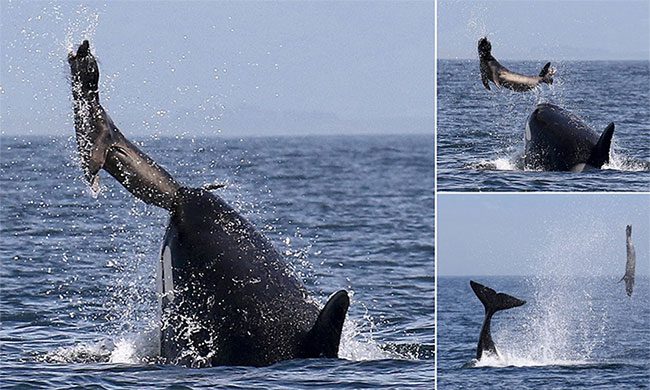
Seals cleverly use terrain and ocean currents to increase their chances of escape. They will choose narrow straits or caves to evade pursuit by killer whales, taking advantage of the restricted spaces of these terrains to limit the killer whales’ maneuverability.
Typically, when faced with a pod of killer whales, seals employ a collective strategy. They form dense groups to distract the killer whales. When attacked, seals quickly scatter to avoid the blows, increasing their chances of escape.
Seals are highly proficient swimmers. When confronted by killer whales, they use this agility to evade capture. By altering their swimming techniques, such as bending their bodies, accelerating suddenly, or changing directions, seals can swiftly evade killer whales underwater.
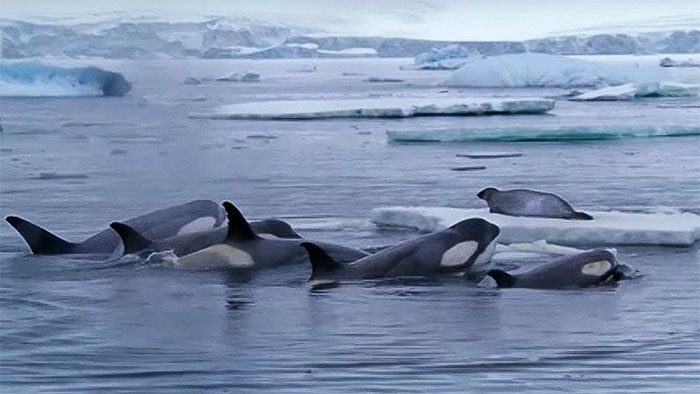
Killer whales tend to hunt in groups and use coordinated attacks to efficiently capture seals. They employ collective actions and cooperative strategies to herd seals into shallow waters or rocky edges, causing them distress. The strength of a pod of killer whales enhances their hunting efficiency.
Seals are excellent divers, able to quickly plunge to the ocean floor and conceal themselves beneath the waves to avoid danger. Seals can dive to depths of 600 meters, while killer whales can only dive to a maximum of 200 to 300 meters. By hiding this way, seals can effectively evade killer whales.
Seals also have the ability to use terrain for evasion. They utilize islands, ice floes, coral reefs, and other environmental features to conceal themselves in complex surroundings, thus reducing their chances of detection by killer whales. The coloration of seals can also blend with their surroundings, making them harder for killer whales to spot.
Killer whales are highly intelligent and can select the best hunting strategies based on the behavioral patterns and escape routes of their prey. They will predict possible escape paths based on the movements of their targets and catch seals by swimming swiftly. The intelligence of killer whales is a crucial factor in their successful hunting.

Killer whales exhibit exceptional swimming skills and physical strength, enabling them to pursue and quickly capture seals. They use their body strength and agility to seize seals through sudden accelerations, tail swipes, and other behaviors. The robust and muscular bodies of killer whales enhance their hunting efficacy.
Seals and killer whales, as representatives of marine life, both possess unique escape strategies and defense methods. Seals protect themselves from killer whales by swimming swiftly, hiding while diving, and leveraging terrain. Killer whales successfully hunt seals through coordinated attacks and high intelligence. These creatures compete with each other in the ocean, creating a dynamic balance in the biological chain.















































